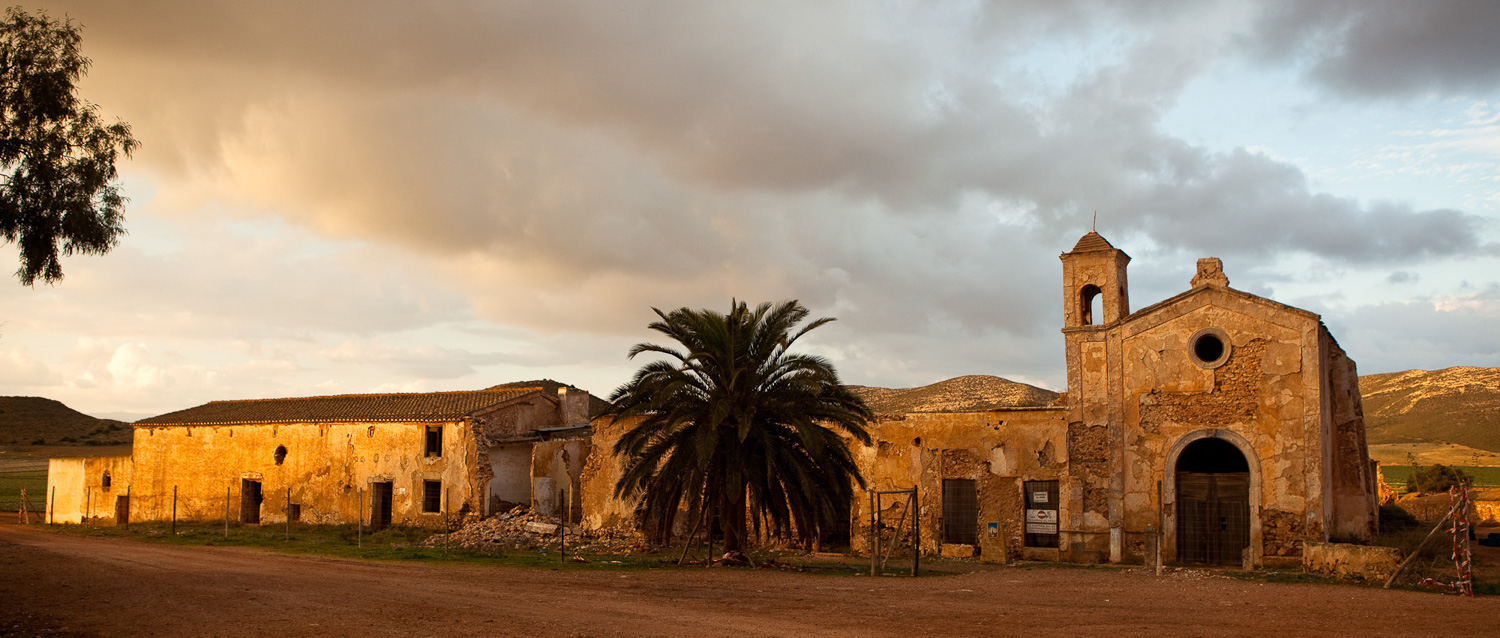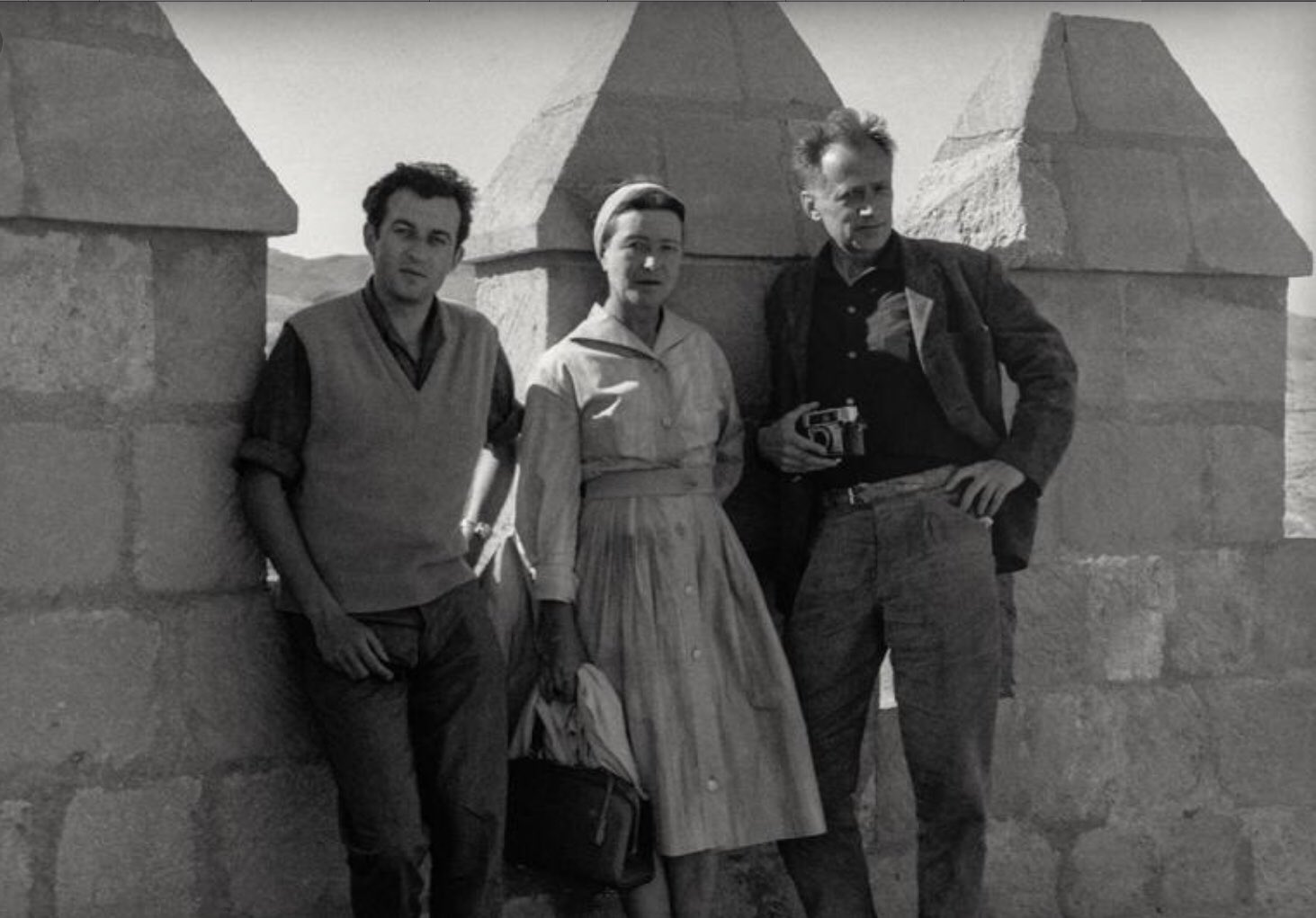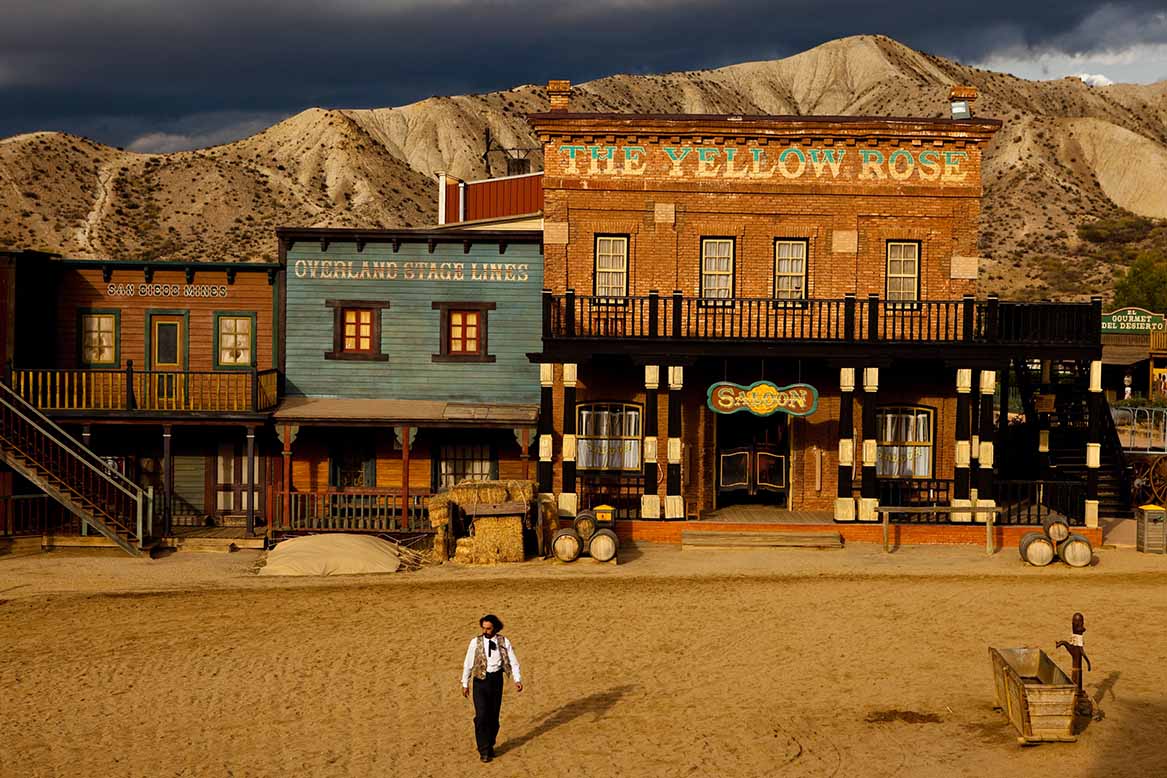Reading List

Art exhibitions generally don’t come with a recommended reading list. Unless, of course, the exhibition is in a library.
The Miami-Dade Public Library put together an inspiring list of books and DVDs from their collection to accompany ‘Once Upon a Time in Almeria’. I decided to create my own reading list as well, highlighting books that have helped me to understand the context and history behind the locations I photographed. I’ve limited this to books that are easily available and in English. There are, of course, many other great resources on the topic, including numerous Spanish publications on the history of film, censorship, and politics in Franco’s Spain. But here is my abridged reading list:
Christopher Frayling. Sergio Leone: Something to Do With Death. University Of Minnesota Press, 2012.
The definitive biography of Sergio Leone–at 600 pages–by the British film critic and historian.
Juan Goytisolo. Nijar Country (Campos de Nijar). Translated by Peter Bush. Lumen Books, 2011.
An account of travels through the barren countryside of Almeria in the 1950s by Spain’s leading literary exile.
JG Ballard. Cocaine Nights.Counterpoint, 2010.
An entertaining story of sex, drugs, crime, and corrupt developers on the Costa del Sol.
Eddie Fowlie, Richard Torné. David Lean’s Dedicated Maniac: Memoirs of a Film Specialist. Austin & Macauley, 2010.
Prop master Eddie Fowlie’s autobiography relates behind-the-scenes stories from the making of Lawrence of Arabia and other films around the world.
Steven C. Caton. Lawrence of Arabia: A Film’s Anthropology. University of California Press, 1999.
Mixing ethnography with film criticism, Canton explores the complexity of the classic film and its myths. His analysis divides the heroic, idealistic Lawrence of the first half of the film (made in Jordan) and the self-doubting, failed Lawrence of the second half (made in Spain).
Leslie Stainton. Lorca: A Dream of Life. Farrar Straus and Giroux, 2000.
A detailed and thoughtful portrait of the poet, his work, and the times he lived in by an academic who is also a captivating writer.
Roland Barthes. Mythologies. Translated by Annette Lavers. Farrar Straus and Giroux, 1972.
A classic collection of essays by the philosopher and literary theorist, including his critique of the Blue Guide to Spain.
Justin Crumbaugh. Destination Dictatorship: The Spectacle of Spain’s Tourist Boom and the Reinvention of Difference. State University of New York Press, 2010.
An account of how Franco’s Spain used images of sun, beaches and bikinis to repackage the regime as a modern “democracy.”
Nigel Townson. Spain Transformed: The Franco Dictatorship, 1959-1975. Palgrave Macmillan, 2010.
The story of how the dictatorship transformed itself in the final decades, liberalizing the economy and forming strategic alliances with the United States.
Alex Cox. 10,000 Ways to Die: A Director’s Take on the Spaghetti Western. Oldcastle Books, 2009.
A “professional” perspective on a much-underrated genre–the Spaghetti Western,
Albert Goldman. The Lives of John Lennon. Chicago Review Press, 2001.
Excellent biography of John Lennon with an account of his time in Almeria.
Chris Salewicz. Redemption Song: The Ballad of Joe Strummer. Farrar Straus and Giroux, 2007.
The leading biography of Strummer, giving attention to his ongoing relationship with Spain.
Gerald Brenan. South from Granada. Penguin Classics, 2008.
The British writer who spent much of his life in southern Spain describes the street life and courtship rituals of Almeria in the early twentieth century.
Peter A. French. Cowboy Metaphysics: Ethics and Death in Westerns. Rowman & Littlefield, 1997.
A philosophy professor explores enduring myths of the Western and their ties to religious and philosophical traditions.
Mark Harris. Pictures at a Revolution: Five Movies and the Birth of the New Hollywood. Penguin Books, 2009.
While none of the five films highlighted here were made in Spain, the book provides an outstanding analysis of the transformation the Hollywood studio system was undergoing in the 1960s, which was a central factor in the growth of overseas location shooting.
Jonathan Kirshner. Hollywood’s Last Golden Age: Politics, Society, and the Seventies Film in America. Cornell University Press, 2012.
The early 1970s was a unique time in American cinema, marking a shift away from the the unambiguous morality of the classic Western and other mainstream genres to take on more challenging social and political themes.


